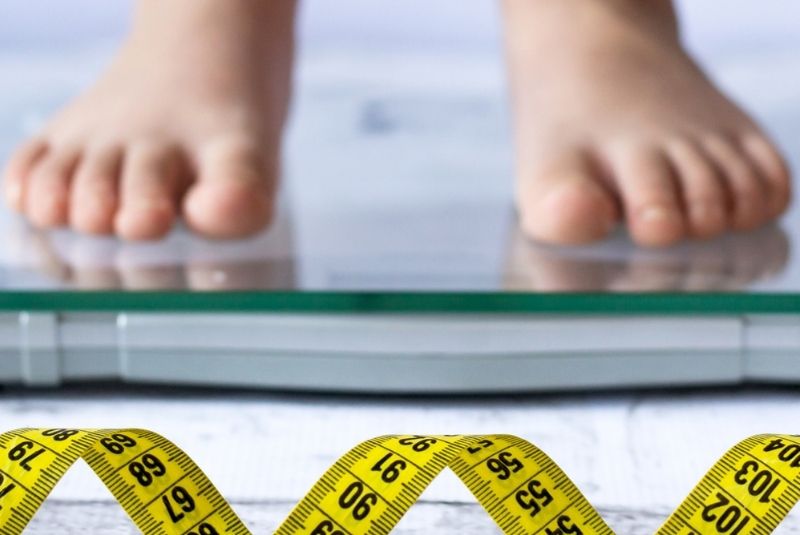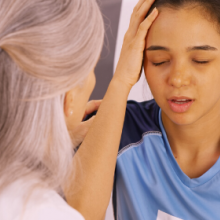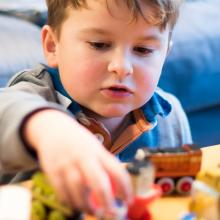Childhood stroke
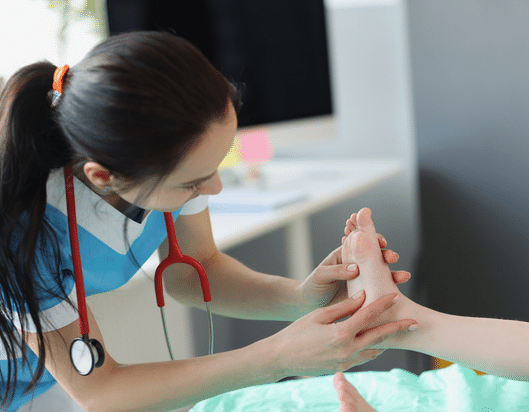
When a child suffers a stroke, an unexpected interruption in the brain’s blood supply damages brain cells.
This damage can cause life-long complications including difficulties with speech, movement, learning and behaviour. It can also lead to epilepsy. Stroke is also the most common cause of cerebral palsy in babies born at full-term.
Signs of a stroke include weakness on one side of the body, slurred speech or difficulty talking, sudden severe headache, trouble balancing or walking, brief vision loss or difficulty seeing, and seizures. Newborns present with seizures.
There is a small window of time after the stroke where early treatment with medication or surgery can prevent lifelong disability, but it sometimes takes several hours for children to be diagnosed, by which time the window for treatments to restore blood flow to the brain has closed.

Who does it affect?
Who does it affect?
- Between 100-300 children will have a stroke each year in Australia.
- Paediatric stroke occurs more often in newborns than older children, affecting one in every 2,300 to 5,000 newborns, and perinatal stroke can occur in the womb.
- About one-third of strokes in children occur in those under one year of age and half occur before age five.
- One in 20 children who have a stroke die, more than half of survivors will have long-term impairments and about one in three babies develop cerebral palsy.
Our childhood stroke research
Our childhood stroke research
Time is of the essence when treating stroke patients and our researchers are finding new ways to improve the speed of diagnosis in children with stroke.
We’re leading a groundbreaking trial of established time-critical adult stroke treatments in babies and children at major paediatric hospitals around Australia.
When a stroke hits, more than 1.9 million brain cells die every minute. Clot dissolving therapies and procedures to remove clots are stopping this damage in adults but children don’t have access.
The Australian Paediatric Acute Code Stroke (PACS) study is developing and evaluating a national protocol to increase the number of children diagnosed within 4.5 hours for infants, children and teens. Timely triage, assessment and brain imaging will increase the chance of receiving treatment and save the brain from the risk of long-term damage and reduce long-term disability.
Other research focuses on discovering ways to identify children most at risk of developing problems after stroke, predicting prognosis using advanced brain imaging, and developing effective interventions.
Impacts of our research
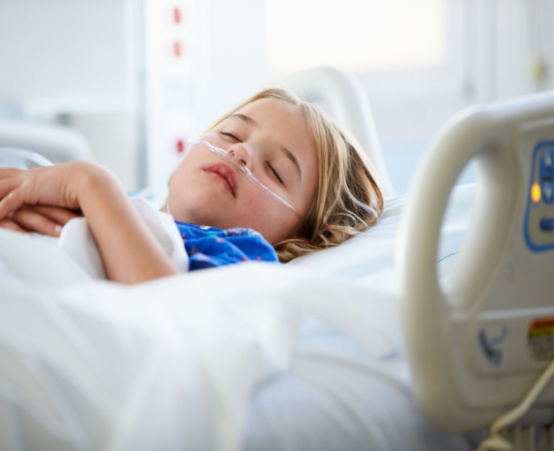
Impacts of our research
- We are leading the way to change how stroke is treated in children. Our research program, alongside the Royal Children’s Hospital childhood stroke service, is one of the biggest contributors globally to collaborative research into paediatric stroke causes and outcomes.
- We developed strategies to increase awareness and improve the accuracy and timeliness of diagnosis after finding less than half of parents recognised symptoms and called an ambulance and the average time to hospital presentation was more than 12 hours.
- We found better tools were needed to help doctors diagnose childhood stroke, informing the development of a pathway for quick triage and treatment. The establishment of two registries for different age groups is helping health professionals better determine the causes and consequences of paediatric stroke.
- We co-led the development of Australia’s first guidelines to diagnose and manage childhood stroke and guide rehabilitation. They reduce diagnosis lag, help doctors choose the best tests and treatment, ensure all children receive the same high-quality evidence-based care and recommend rehabilitation across services and treatments.
- Our world-first research studied the impacts of stroke on the developing brain and how children recover. Following children for a year and then five years found that recovery depends on age, that impairments may not emerge until long after stroke, particularly in babies and pre-schoolers, and that children need an individualised approach to care, rehabilitation and long-term monitoring.
- We identified risk factors for stroke in children with heart disease who are at higher risk of stroke.
Our vision
Our vision
We aim to change the way stroke is treated in children nationally and internationally by improving early recognition and enabling quicker diagnosis and treatment. This will reduce death and disability, leading to better lifelong outcomes. Other goals include preventing strokes and developing new therapies.
Where to next?
Where to next?
Over the next five years our stroke research team will focus on the following areas:
- Using advanced brain imaging and blood protein profiles to better understand the causes and consequences of paediatric stroke
- Participate in an international trial to determine whether steroid therapy decreases recurrent strokes in children with stroke and inflammation of the arteries supplying the brain
- Launch best practice guidelines for the diagnosis and management of stroke in babies
- Develop national consensus recommendations among paediatric rehabilitation physicians about the best timing and types of assessments to determine the impact of stroke on children’s long term recovery

